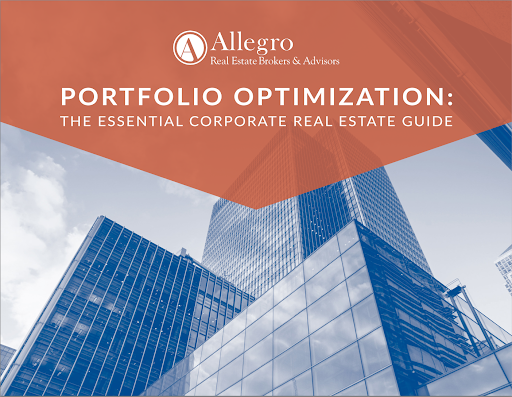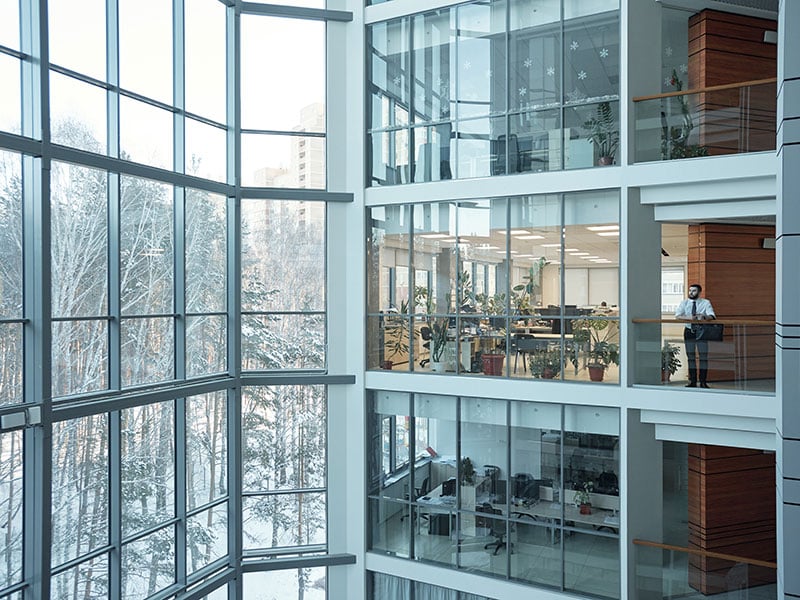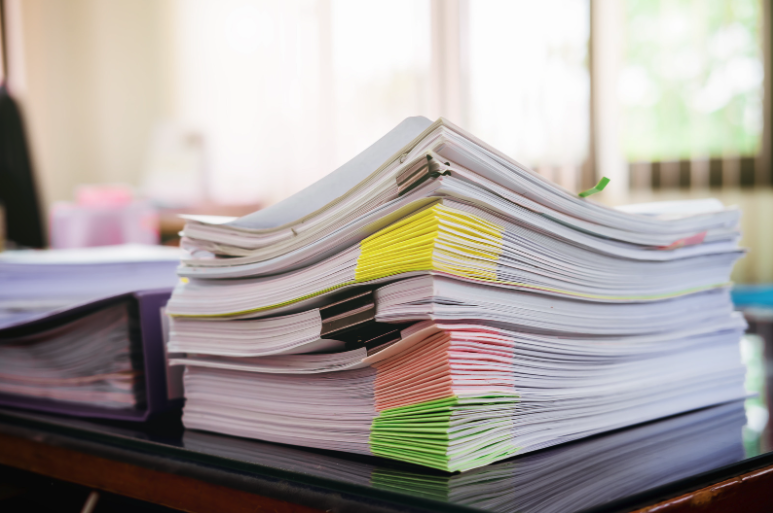When multiple tenants rent office space in a commercial building, it’s typical to have access to two types of space—the areas that only you occupy (think: your specific suite) and the common areas shared by all tenants of the building.
Although common areas vary depending on the building, they often include lobbies, restrooms, parking areas, and corridors. Sometimes they may also include conference rooms and fitness facilities. Because these areas are shared by all tenants, so are the common area expenses.
Continue reading to learn more about common areas in commercial buildings, the expenses tied to common areas, and how these expenses are outlined in your commercial lease agreement.
What Is a Common Area?
In commercial real estate, common areas are elements of a property that are shared by all building tenants or owners.
These areas vary from building to building but typically include:
- Restrooms.
- Hallways.
- Conference rooms.
- Parking areas
- Fitness centers.
- Stairwells.
- Lobbies.
- Elevators.
- Rooftop decks.
- Electrical closets.
- Cafés
- Landscaping
The usage and related common area expenses tied to these spaces are outlined in the common area provision of your commercial lease agreement.
What Is the Common Area Maintenance Provision in a Commercial Lease?
Also referred to as Common Area Maintenance (CAM) or operating expenses provision, common area maintenance requires the tenant to pay its prorated share of operating expenses incurred by the landlord.
The total amount tenants pay is most commonly expressed as cost-per-square-foot and covers services like:
- Cleaning exterior facades.
- Shared interior cleaning and repairs.
- Utilities.
- Landscaping and snowplowing.
- Trash removal.
In short, if it’s routine repair, maintenance, or upgrades of common areas, it will likely be included in the common area maintenance provision.
How Do Common Area Expenses Impact Tenants and Landlords?
Tenants benefit from landlords keeping common areas well-kept and properly functioning; they want landlords to take care of the building so they can utilize the space without worrying about upkeep. In exchange for that peace of mind, landlords charge common area expenses to all tenants. The exact expenses covered under the common area maintenance provision varies from building to building, but it should be within reason.
Additionally, tenants often have room to negotiate for more favorable terms. Be sure to place a cap on operating expense growth year over year; aiming for no more than a 2-3% year-over-year increase of controllable operating expenses is a sound goal.
To best position yourself for successful negotiation, be sure to understand what the common area maintenance provision includes. If you don’t, you may find yourself incurring costs you could otherwise avoid.
7 Common Area Maintenance Items To Consider When Negotiating a Commercial Lease Agreement
1. Capital Improvements
Everything from minor improvements to major upgrades could fall under capital improvements. Your landlord may pay for larger projects, but if this expense is included in the common area maintenance provision, you may be expected to pay for part of the project. As a tenant, you do not want to disincentivize a landlord from making the needed improvements to keep the building modern and in good working order. Conversely, you do not want the landlord to over-improve the building, whereby they pass the cost of these improvements to the building at your expense.
There may be room for you to negotiate whether or not you’re partly responsible for paying for upgrades from which you may not benefit. Leave no room for interpretation when discussing these terms with your landlord. Typically, capital improvements should be amortized over the life of the asset and then passed back to the tenant on a pro rata basis,
2. Janitorial Services
Understandably, you’d expect common areas to be cleaned on a regular basis. In most cases, commercial property owners retain their own janitorial staff or contract out to a janitorial company to ensure these areas remain clean.
You should expect to contribute to janitorial contract fees. These fees might include covering part of the costs of the contracts, supplies, or other considerations. As of late, due to COVID, janitorial and cleaning costs of common areas have increased across most buildings.
3. Systems
Although relatively broad, systems may include elements like HVAC, plumbing, lighting, electrical wiring, and others within the common areas shared by all tenants. Because they’re shared, you should anticipate contributing to these expenses.
Be sure to learn about how much of your share is included in these costs. In most cases, your cost will depend on the size of your leased area. In general, the bigger the space, the higher the percentage share of the cost.
4. Management Fees
Because managing large commercial spaces is often a heavy lift, your landlord may contract with a property management company to ease some of the efforts. Each property management company varies, but they may handle leasing, operations, maintenance, stakeholder reporting, financial services, tenant communication, and other considerations that affect both you and the landlord. It’s common that you and other tenants will share the cost of contracting with a property management company, but certain costs, such as leasing commissions, should not be passed on to tenants.
5. Parking Areas
In nearly all cases, tenants will share parking area costs, even if it’s just a surface area lot. Whether an uncovered lot or a six-story parking deck, these costs will cover pavement repairs, striping, maintenance, snow plowing, where applicable, and parking staff.
6. Administrative & Maintenance Fees
It’s common that your landlord will include specific common area maintenance fees. However, on some occasions, landlords may generally list expenses as “administrative fees” or “maintenance fees.” If that’s the case, ask your landlord to provide clarity on what those fees cover.
Your common area maintenance fees should only cover essentials, not services or expenses that benefit the landlord, like their legal fees, leasing commissions for other suites in the building, financing fees, advertising, and marketing to attract other tenants.
7. Security Services
No matter the size of the property, security is key—especially if the space houses expensive equipment or sensitive data. Your common area maintenance fees will likely go towards on-site security patrol, overnight security, alarm systems, as well as fire and smoke systems.
As a tenant, be sure to explore and inquire about common area maintenance details, and ensure that you’re only paying your fair share of expenses. If you’re not sure how to approach these conversations with your landlord, that’s where a trusted broker can help.
Editor’s note: This post was originally published in 2021, and has been updated and republished.







